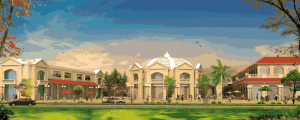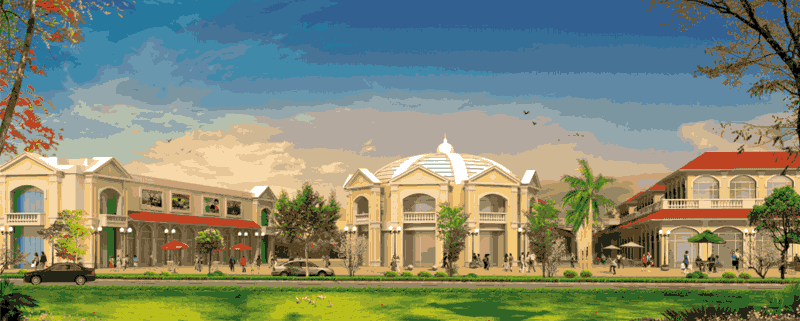 Track2Realty: High profitability is driving growth of new main streets, says Cushman & Wakefield’s report, ‘New Retail Frontiers: Emerging Main Streets in India. The report analyses the potential of new locations, which are emerging as retail hotspots in the seven major cities of Mumbai, Delhi-NCR, Bengaluru, Chennai, Kolkata, Pune and Hyderabad.
Track2Realty: High profitability is driving growth of new main streets, says Cushman & Wakefield’s report, ‘New Retail Frontiers: Emerging Main Streets in India. The report analyses the potential of new locations, which are emerging as retail hotspots in the seven major cities of Mumbai, Delhi-NCR, Bengaluru, Chennai, Kolkata, Pune and Hyderabad.
In each city, two emerging main streets, which hold high potential were analyzed to understand the reasons propelling their emergence. Urban sprawl was the most prominent driver in most emerging main streets with a few exceptions. Ambattur (MTH Road) in Chennai is emerging due to the metamorphosis of area from an industrial area to an alternative IT-ITeS hub.
In Sahakar Nagar (Bengaluru) and NSC Bose Road (Kolkata), the proximity and good connectivity to major infrastructure nodes and transport hubs is the primary cause driving their emergence.
There are four primary demand drivers for the emergence of new main streets: increasing urban sprawl, improving accessibility, increased organized retail penetration and high average trading densities in the new retail locations.
Due to the large scale migration and urbanization, the city limits of major seven cities are expanding to include newer far-away localities. These outlying zones are gradually evolving as self-sustaining hubs with new residential neighbourhoods and new retail main streets to serve them.
Better accessibility through improved transportation means and reluctance of consumers to shop in congested established main streets that are situated further, have drawn the buyers to these newer main streets. Popular brands in the mid-end segment start setting up shops in these newer main streets and attracting more footfalls.
The rentals in these main streets are quite low and the landlords are quite flexible on the lease terms such as lease duration, fit-out rent, lock-in etc. Thus, the growth in demand and low rentals directly translates into higher profitability for the brands, which further drives the emergence of these main streets.
Despite the 25-35% rise in rentals over the previous two years, the emerging main street rentals are still on an average 20-30% lower than other established retail locations across the cities.
| City | Emerging Main streets | Rent (INR/sf) | Rental Growth% (in 2 years) |
| Bengaluru | HSR Layout (27th Main) | 110 | 69% |
| Sahakar Nagar | 110 | 69% | |
| Chennai | Ambattur (MTH Road) | 85 | 21% |
| ECR | 95 | 19% | |
| Delhi-NCR | Dwarka (Ashirwad Chowk) | 550 | 22% |
| Sohna Road | 140 | 27% | |
| Hyderabad | Chanda Nagar | 85 | 42% |
| Kothapet | 85 | 6% | |
| Kolkata | Diamond Harbour Road | 150 | 15% |
| NSC Bose Road | 120 | 14% | |
| Mumbai | Airoli (Sectors 4 & 8) | 200 | 33% |
| Ambadi Road | 175 | 9% | |
| Pune | Kharadi | 95 | 27% |
| Pimple Saudagar | 120 | 33% |
Sanjay Dutt, Executive Managing Director, South Asia, Cushman & Wakefield, said “India is expected to witness unprecedented rate of urbanization by 2030 with nearly 41% of its population residing in cities. The high rate of residential development in and around these new retail hotspots will lead to a higher population density bringing in more footfalls which will directly translate into higher revenues for the brands. Thus, the brick and mortar retail businesses have a lot of potential despite the competition by e-retail in India.”
Select main streets such as Ashirwad Chowk in Delhi NCR, NSC Bose Road in Kolkata, and HSR Layout and Sahakar Nagar in Bengaluru have witnessed high penetration of foreign brands (above 20% occupancy) and select main streets such as Kothapet in Hyderabad and Kharadi in Pune and Ambattur (MTH Road) in Chennai have witnessed lesser levels of penetration from foreign retailers (1-7% occupancy).
Across the emerging main streets, apparels and footwear brands had the maximum penetration by area, followed by the food and beverages brands.





